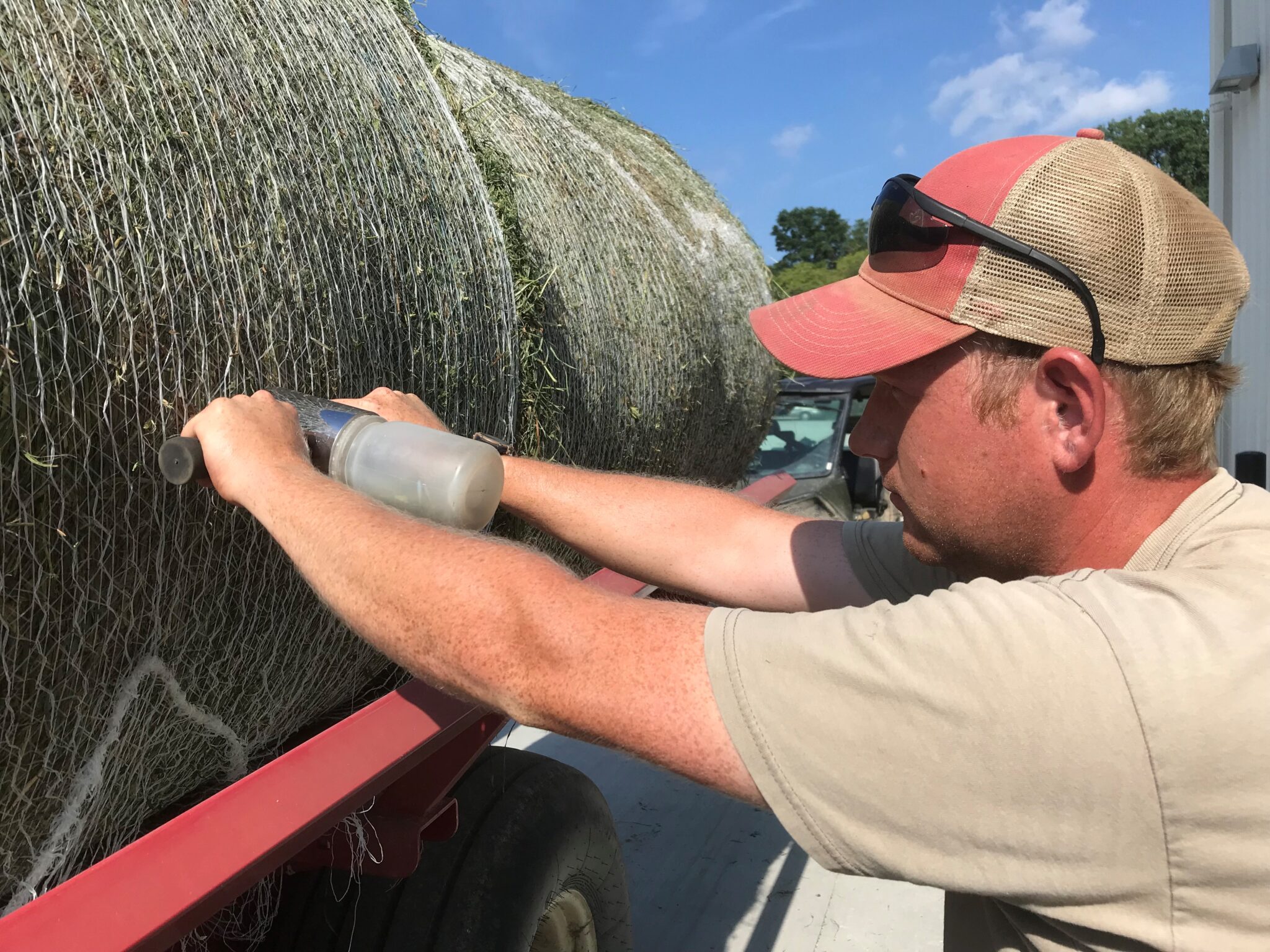
Brad Shelton, Feldun-Purdue Agricultural Center Superintendent, informed me of high nitrate values in sorghum-sudangrass that were reported on a forage analysis.


Brad Shelton, Feldun-Purdue Agricultural Center Superintendent, informed me of high nitrate values in sorghum-sudangrass that were reported on a forage analysis.
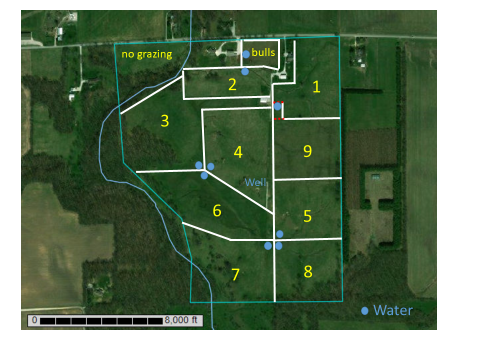
What does the word “stockpile” mean to you?
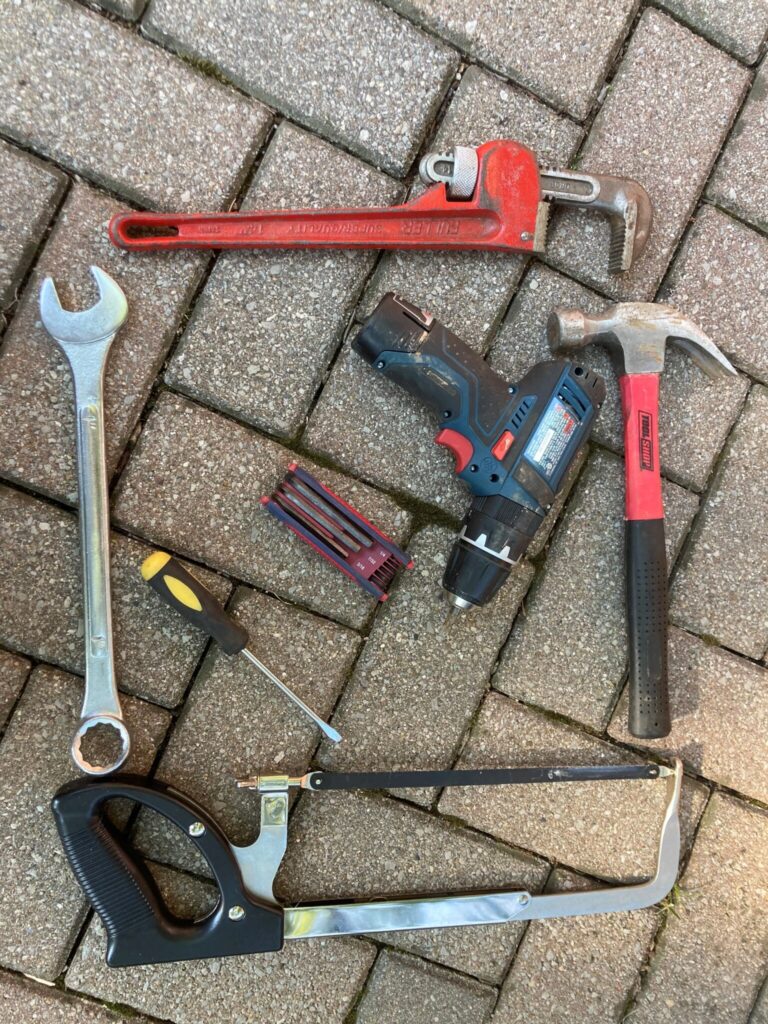
Many professions must invest in tools specific to their trade to be successful. Besides the typical tools of wrenches, screwdrivers, chisels and hammers, what other items or gadgets would be helpful to be a successful forage producer?
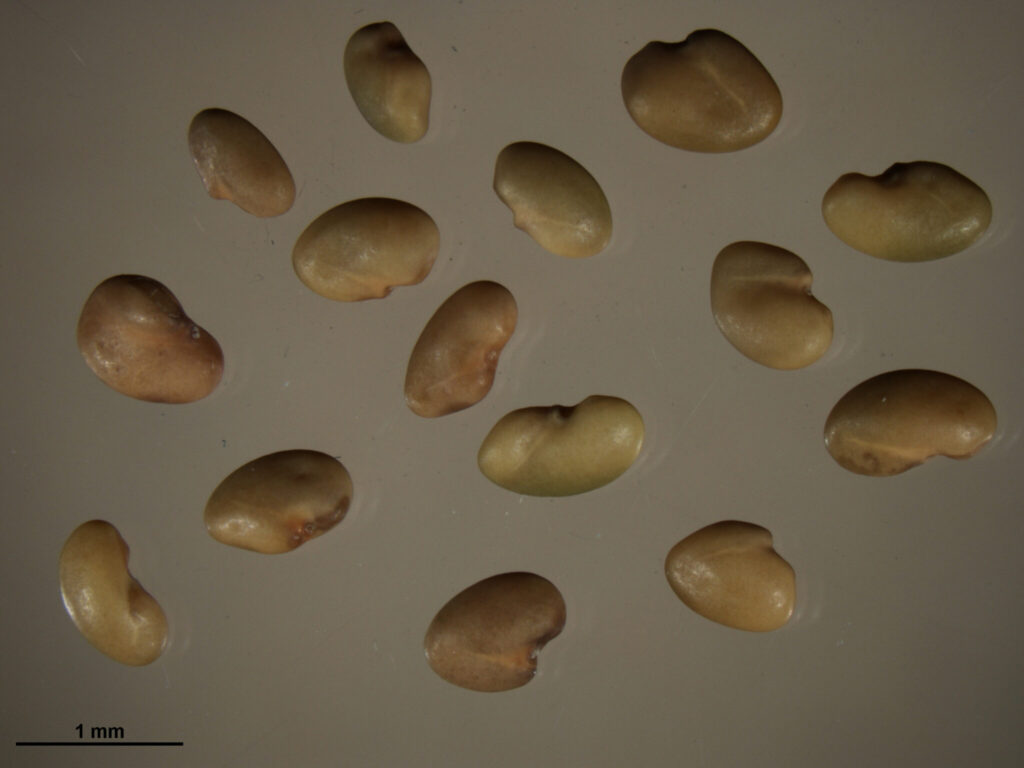
I was asked to come to a field in early April many years ago by a young producer.
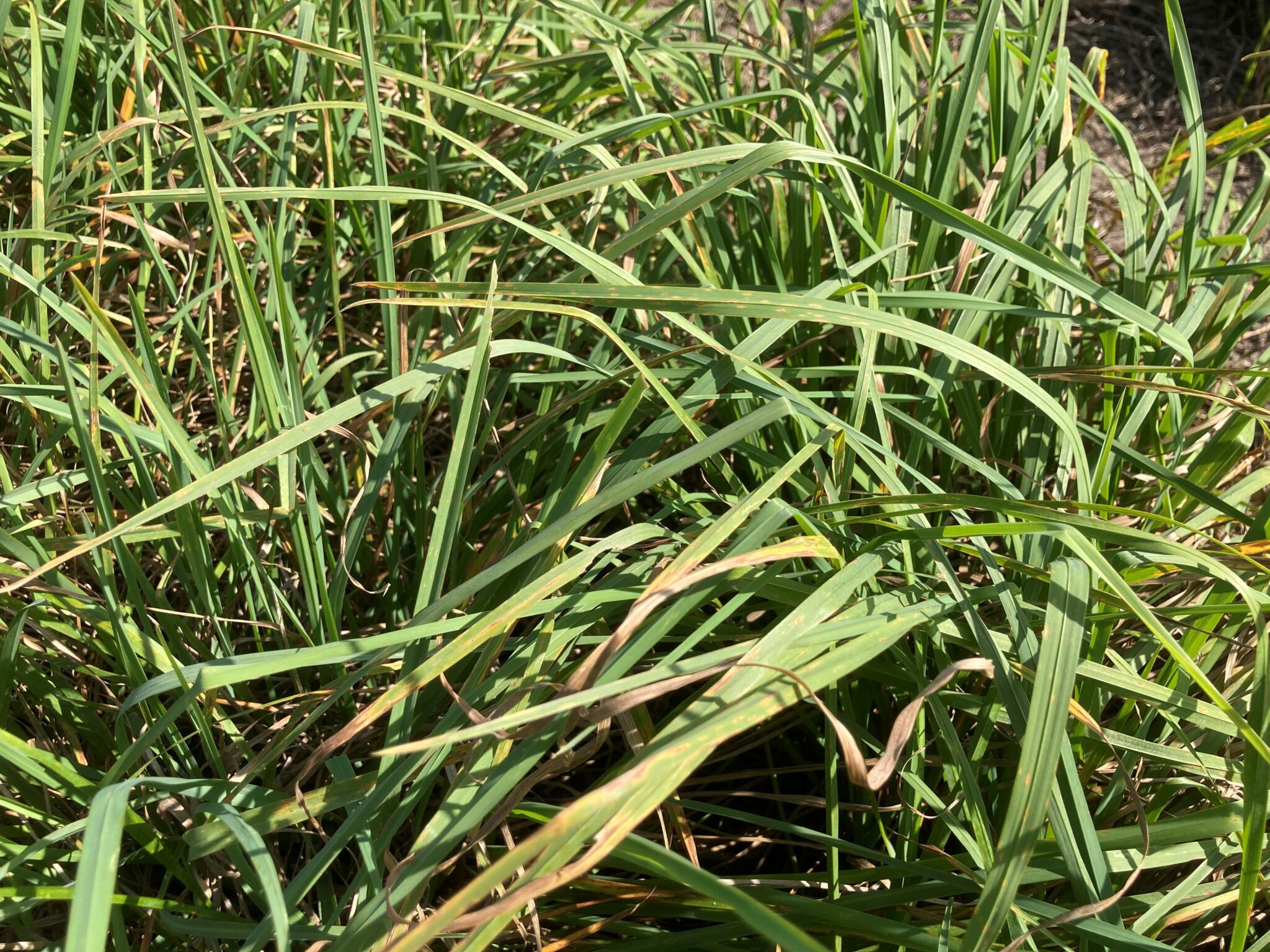
To reach full potential of the forage-livestock business, Mother Nature must comply with provision of excellent growing conditions, but the manager (you) must be part of a successful team with Mother Nature and trained forage-livestock personnel.
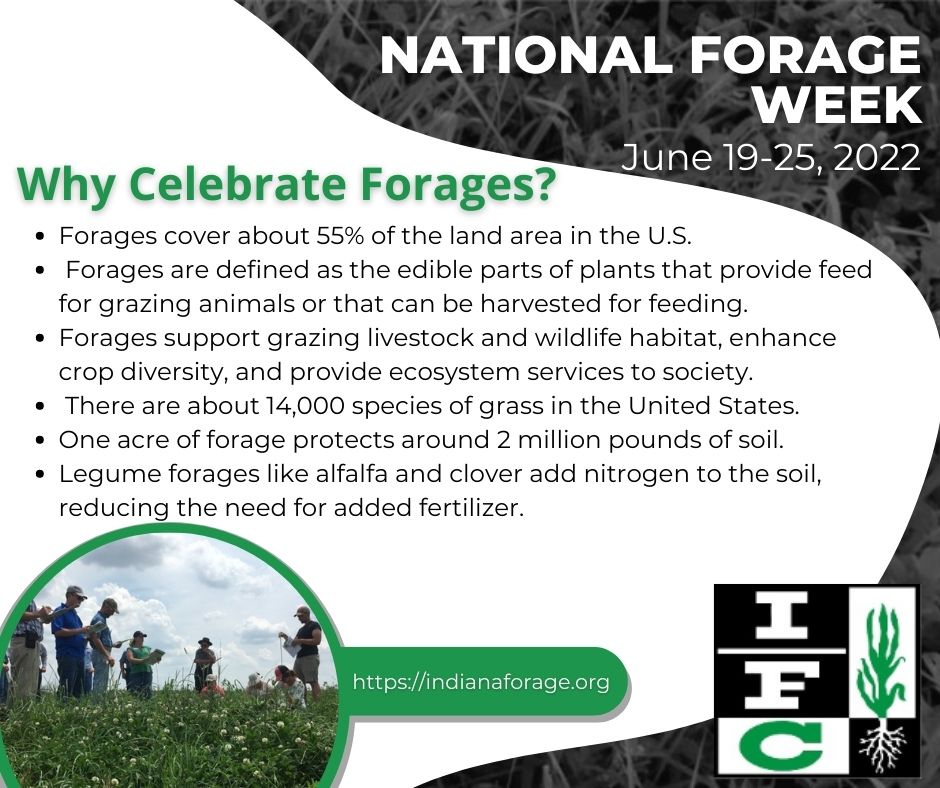
National Forage Week was last week (June 19 – 25).
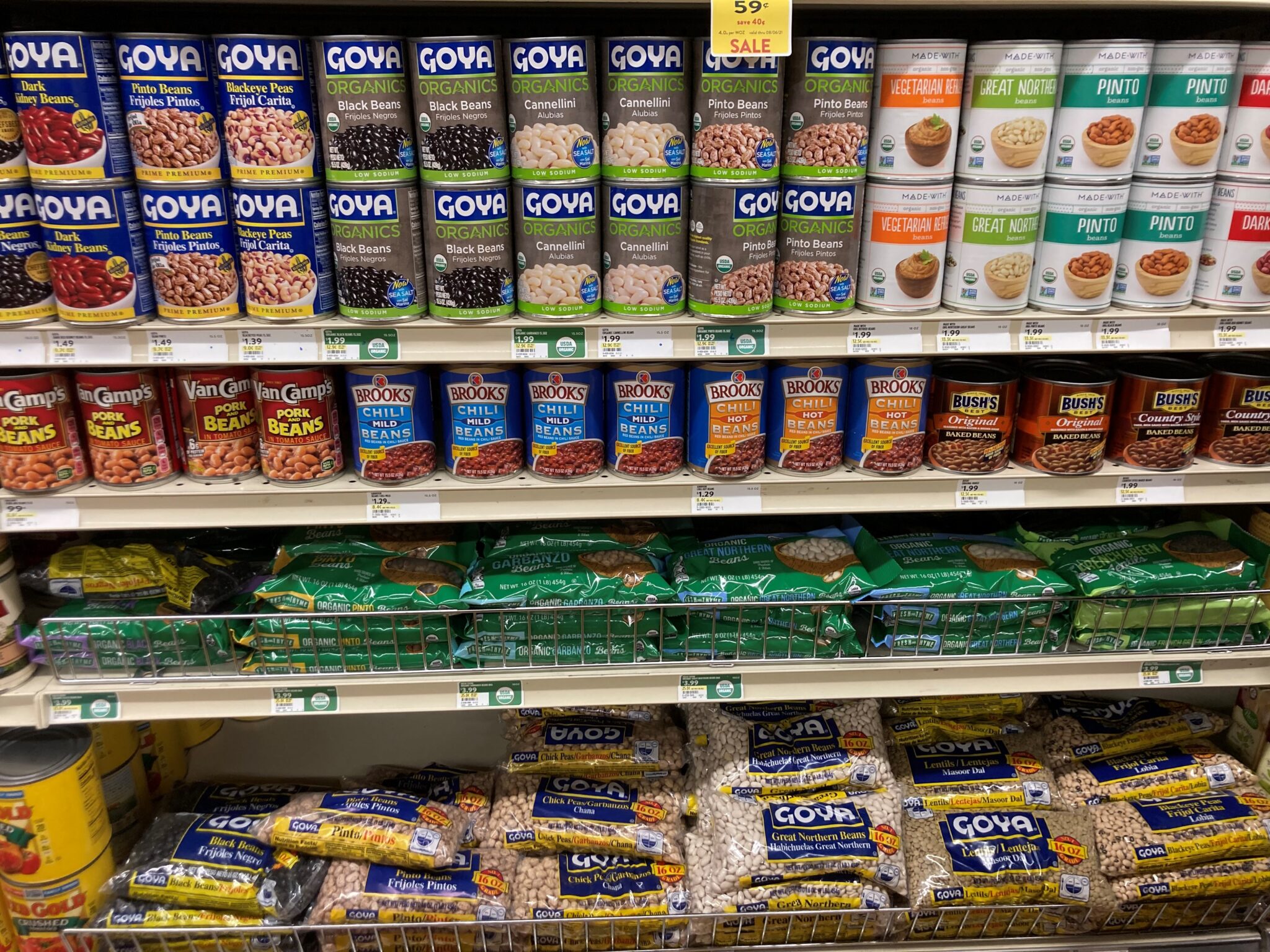
Many times I get frustrated when I go to the grocery store.
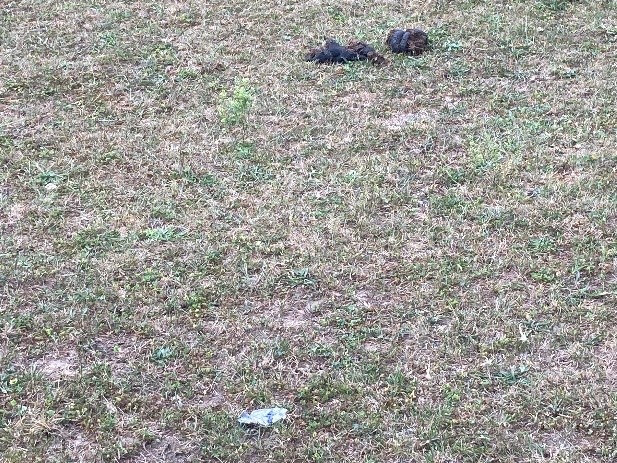
This week, high late-spring temperature occurred in the Midwest. A brief respite from the heat is predicted to occur, but high temperature quickly comes back again with no rain predicted to happen.
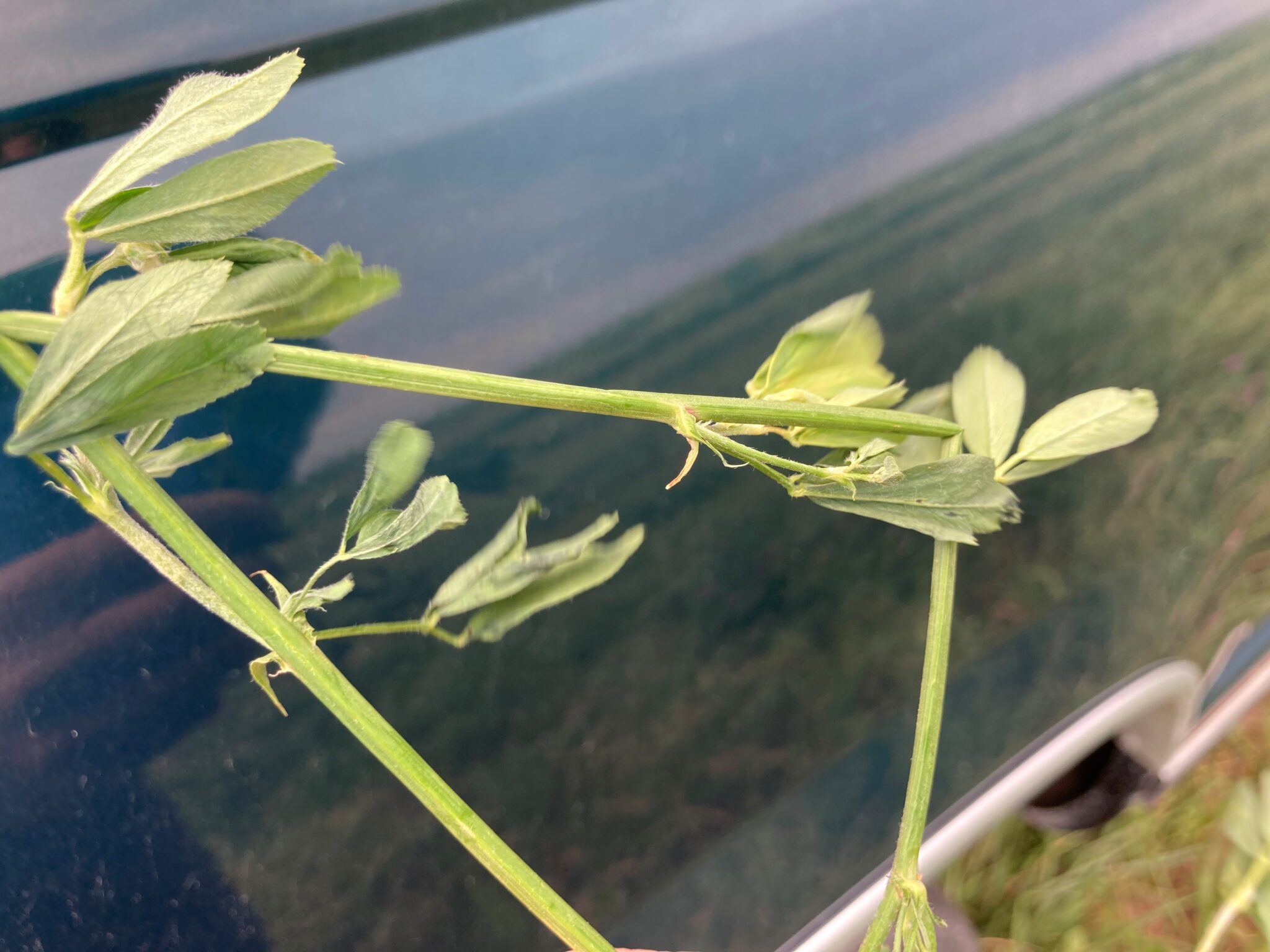
It has been my observation that many livestock producers that once used tower silos have transitioned to using plastic bags for fermenting forages.
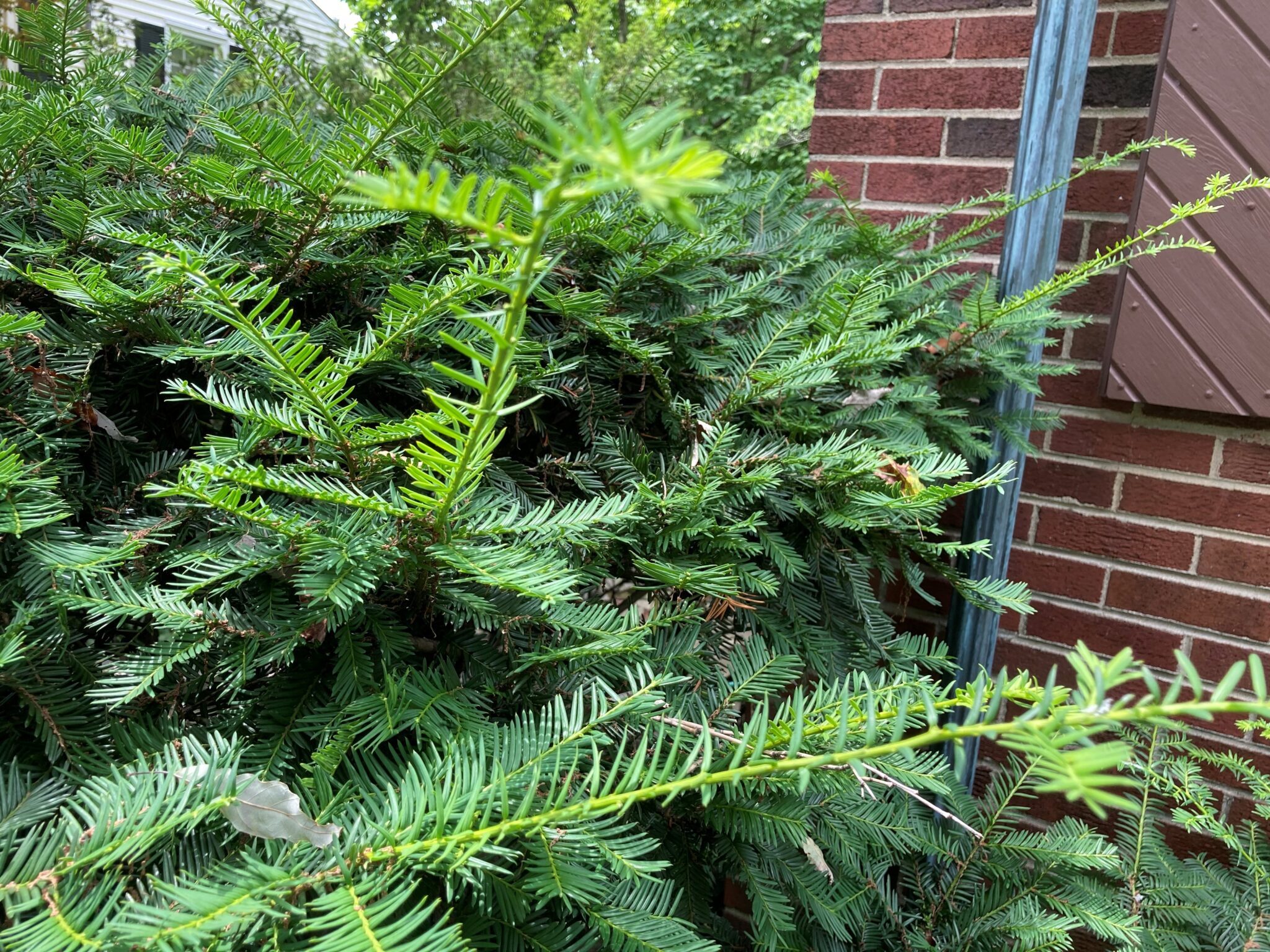
It is that time of year when the yew (pronounced like the letter “U”) is likely in need of a trim to look best as a landscaping plant. Yews have been used as a common landscaping shrub or small tree for decades.
© 2024 Purdue University | An equal access/equal opportunity university | Copyright Complaints | Maintained by Pest&Crop newsletter
If you have trouble accessing this page because of a disability, please contact Pest&Crop newsletter at luck@purdue.edu.